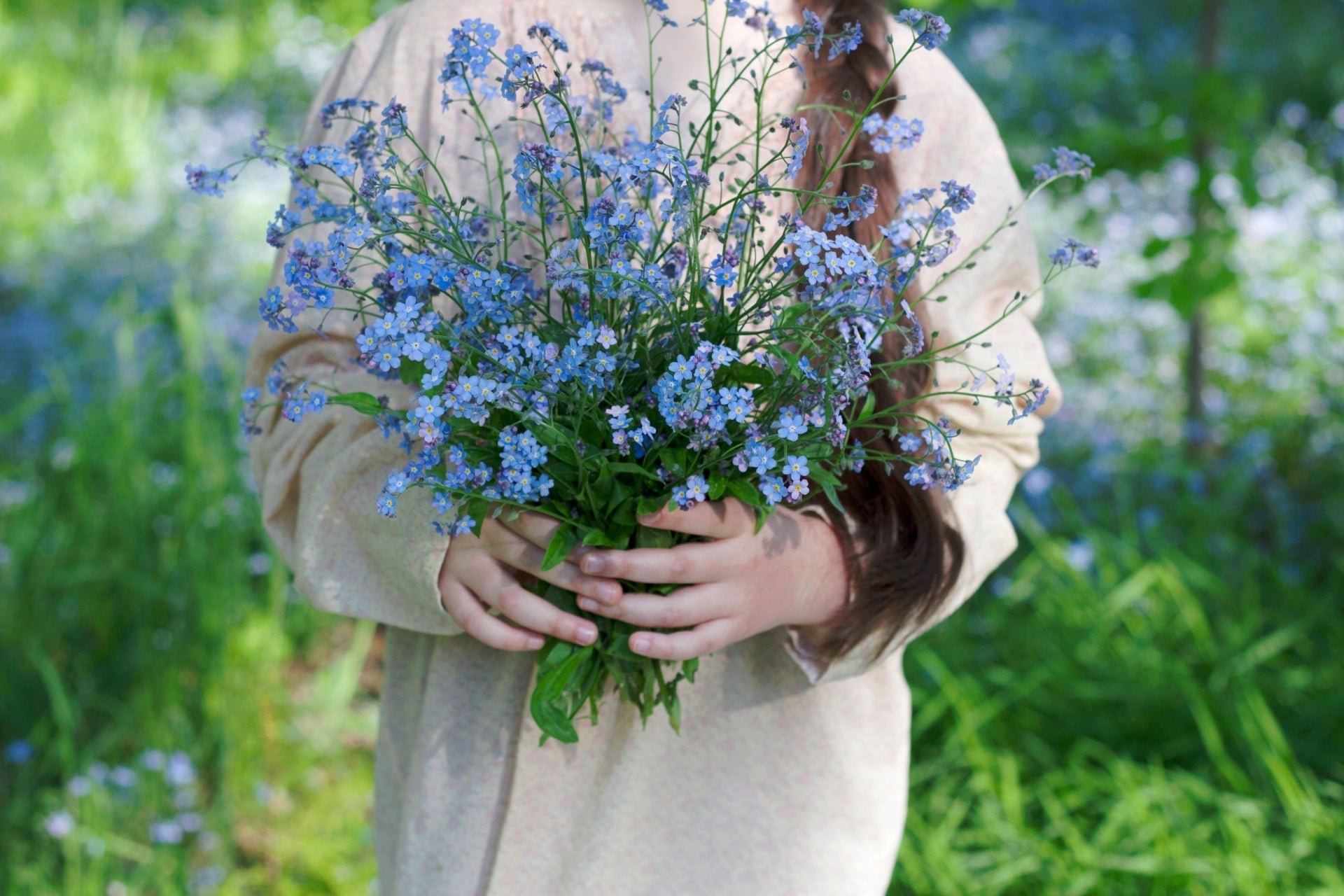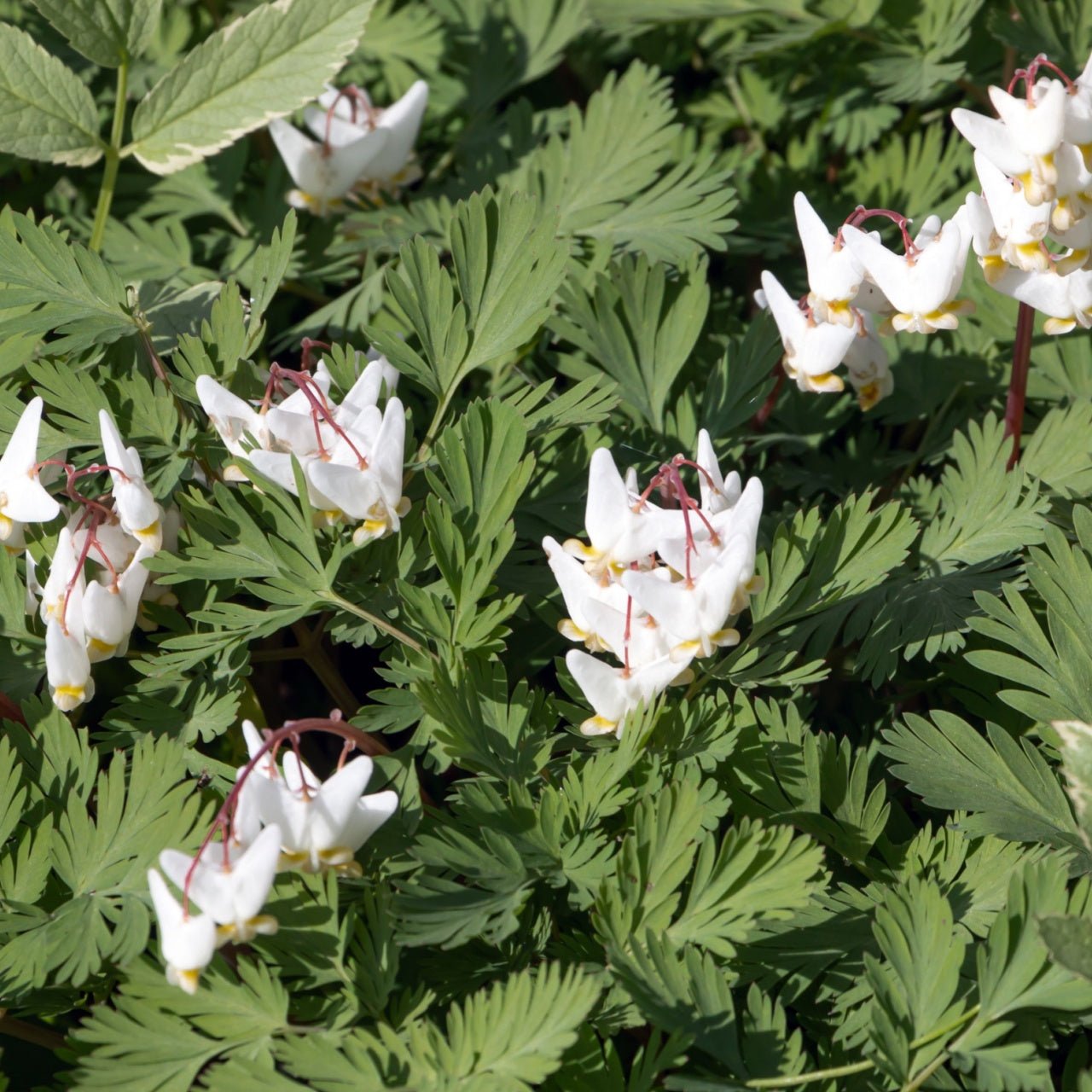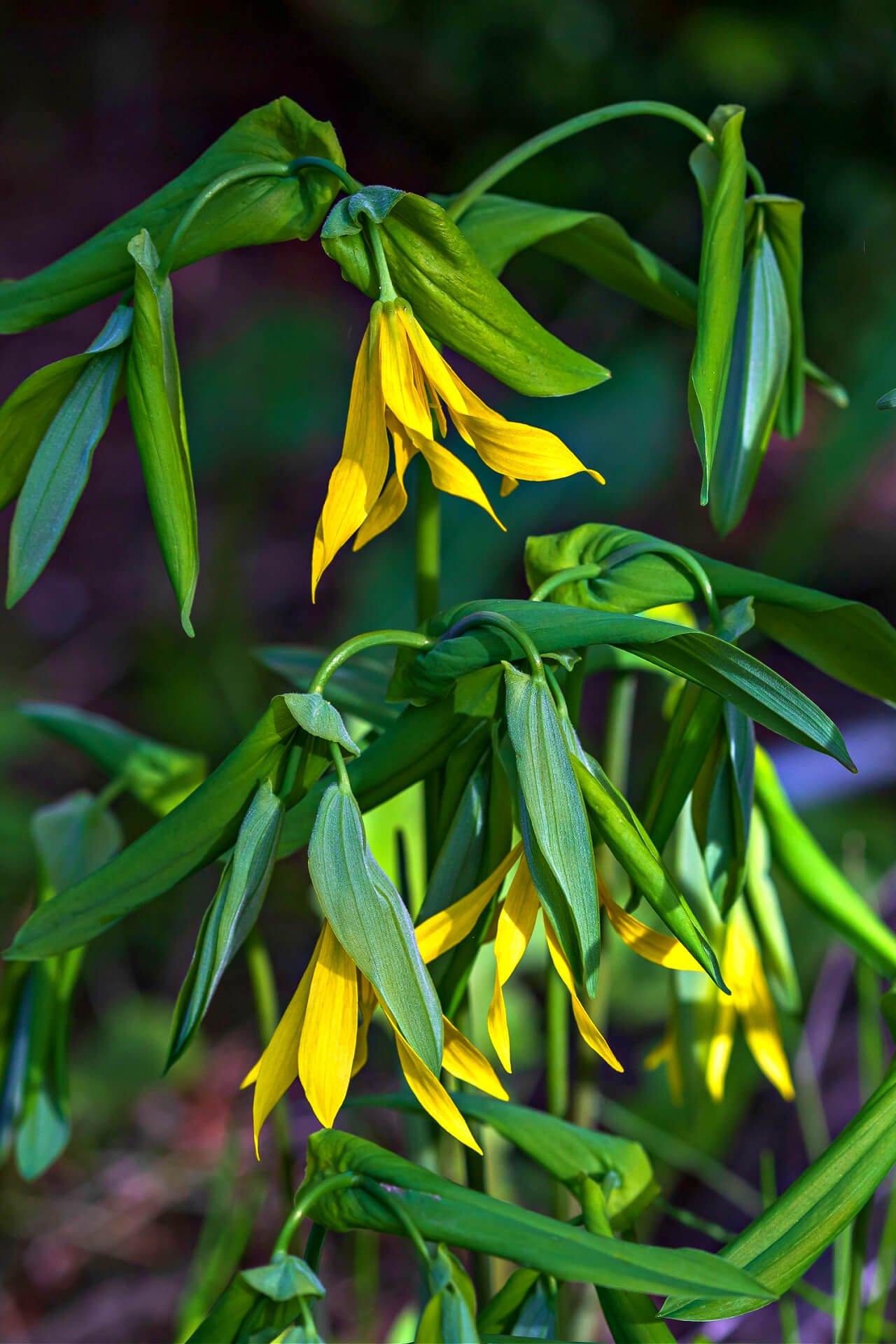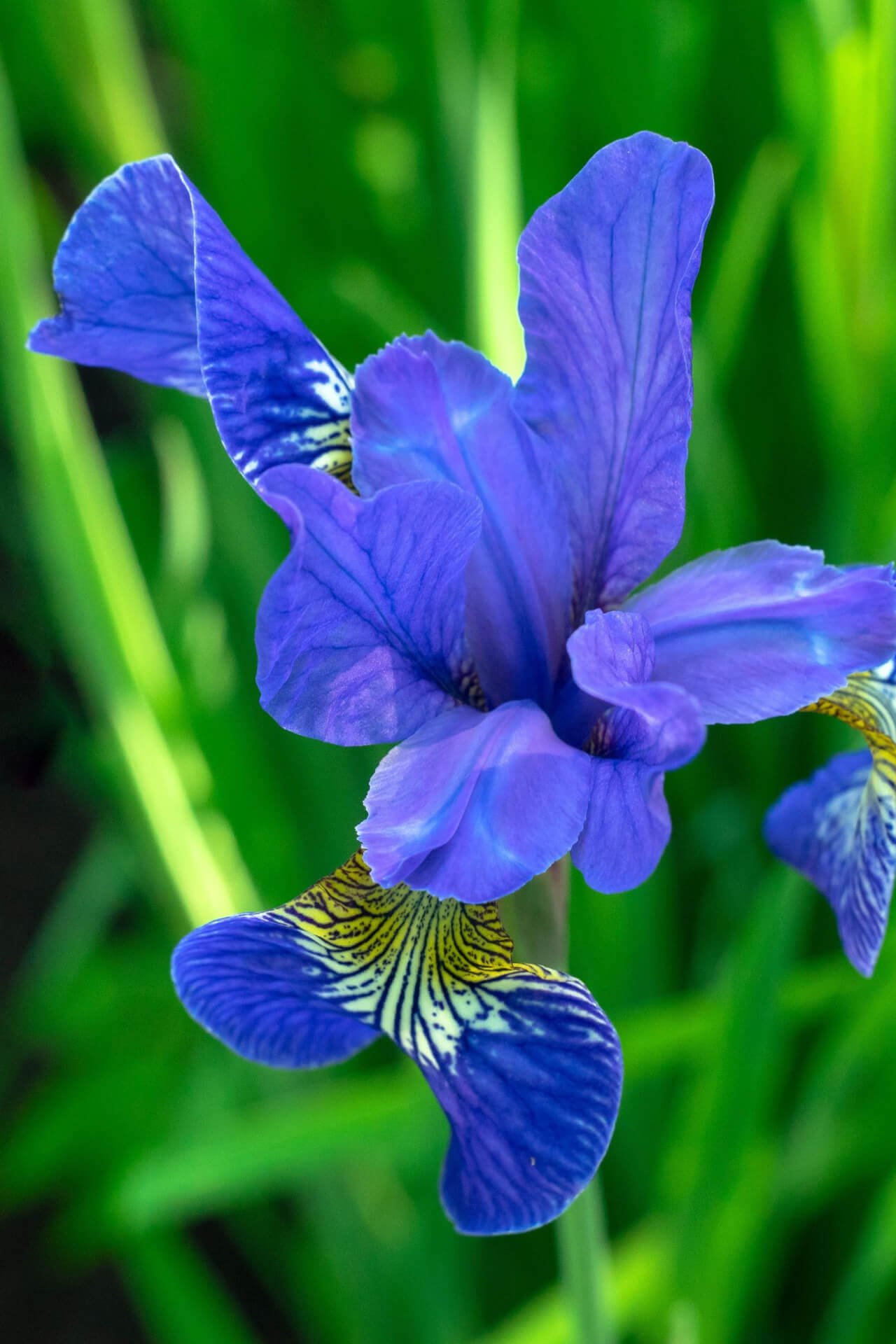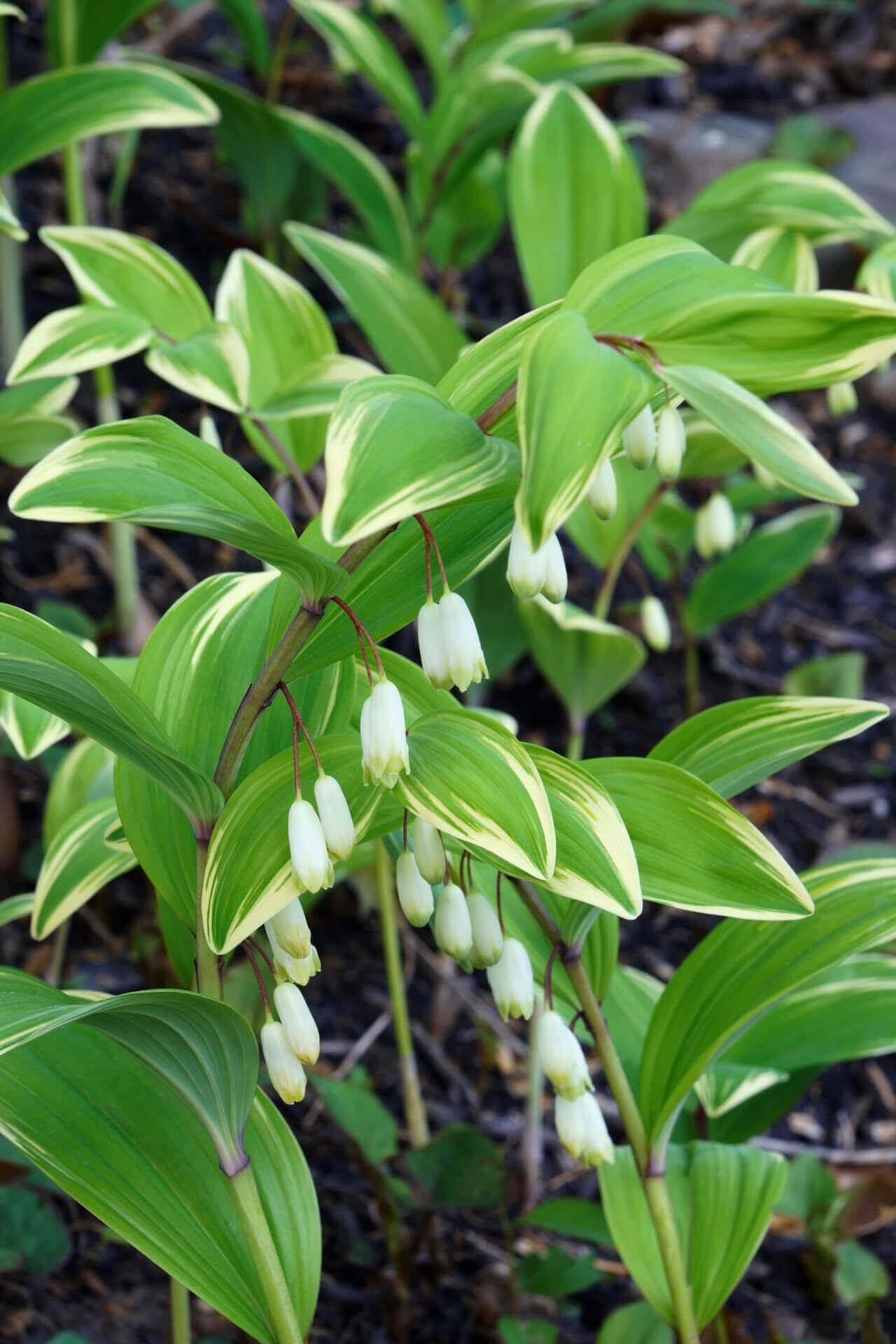The Charm and Symbolism of the Forget-Me-Not Flower
Despite its diminutive dimensions, the forget-me-not flower (Myosotis sylvatica) possesses profound emotional significance and everlasting beauty. The flower's distinctive bright blue blossoms stand out due to their strong connection with love and remembrance as well as everlasting friendship. Originating from Europe but becoming naturalized throughout North America forget-me-nots naturally prosper in both woodland areas and shaded garden spaces. During early to mid-spring these delicate flowers spread as a carpet of low-growing color throughout garden beds when planted in moist and partly shaded sites.
The lasting symbolic meaning of forget-me-nots serves as their most emotionally resonant feature. According to folklore forget-me-nots symbolize romantic devotion through legends where couples picked these flowers before saying goodbye. The name functions as an appeal for remembrance which many gardeners value when they establish memory gardens or create tributes to deceased relatives. Forget-me-nots provide real functional value to gardens by drawing beneficial pollinators with their abundant nectar.
Wildflower gardens benefit from their harmonious integration with native blooms like Virginia Bluebells, Columbine, and Wild Geraniums. These plants enable the formation of an eco-friendly environment that attracts pollinators while providing your garden with a natural aesthetic flow.
How to Successfully Cultivate Forget-Me-Nots as Garden Plants
Gardeners who want low-maintenance plants that self-seed favor forget-me-nots because they grow very easily. Forget-me-nots flourish in moist well-draining soil and partial shade during cool weather but can survive full sunlight when living in mild areas. Although these blue flowering species are categorized as biennial or short-lived perennials their prolific reseeding produces a thick cover of soft green leaves and bright blue flowers each year.
To maximize growth success, sow forget-me-not seeds during late summer or early fall so they can establish roots before winter dormancy sets in. Masses of cheerful blue blooms will welcome you by spring. Their height of 6 to 12 inches makes them perfect for woodland paths and mixed borders while providing a lively decorative touch under deciduous trees.
Plant forget-me-nots alongside native woodland plants such as Trillium, Bloodroot, or Dutchman’s Breeches to replicate natural patterns. These plant combinations create a richer ecosystem and extend the period of flowering. The graceful bloom of forget-me-nots fills the color void left by dormant native plants.
Maintenance is minimal: Enhance plant longevity by removing faded flowers and separate seedlings when they grow too densely packed. Their ability to reseed easily results in delightful surprises as they emerge in unexpected garden spots each season.
Designing with Forget-Me-Nots and Native Flowers for a Natural Look
Native garden designs benefit ecologically and visually when they incorporate forget-me-nots. The gentle blue color of forget-me-nots works well with the natural colors of native wildflowers such as bellwort, Wild Columbine, and Blue Flag Iris. The combination of plants creates a natural tapestry that serves pollinators and gives the garden a unified, serene appearance.
Forget-me-nots make an excellent ground cover choice for ferns and native sedges while also providing shade coverage for bigger perennials like Solomon’s Seal. Forget-me-nots gain their highest value in woodland or naturalistic gardens where design embraces informal structures filled with rich textures and life. Containers allow you to produce a romantic display of color with these plants on shaded patios or balconies.
Gardeners who want to follow sustainable approaches can lower their chemical fertilizer and pesticide needs by planting forget-me-nots alongside native species. The garden becomes a balanced habitat for beneficial insects through their ability to attract bees and butterflies. The root system helps prevent soil erosion while their thick leaves create shelter for small pollinating insects and ground-inhabiting species.
The forget-me-not stands out as an unparalleled choice for gardeners who wish to create a space that celebrates memory while showcasing native beauty. Due to its poetic name, pollinator-friendly characteristics and ability to grow alongside native shade plants forget-me-nots become essential for all garden sizes.
Final Thought
Forget-me-nots serve as both a symbol of remembrance and a boon to the ecosystem whether you dedicate your space to memorializing loved ones or adding a touch of blue to your outdoor area. Mixing them with native wildflowers produces a garden full of biodiversity that contributes positively to nature. Year after year, these tiny blossoms will whisper a soft reminder: Small beautiful things hold powerful significance.
Read more

Don’t let bare shadows or a misconception that gardens require sunlight discourage you. Shade perennials offer a vast range of options to completely transform your garden. Select native plants and ...

When deer destroy your summer garden you need to adjust your planting strategy. Explore 10 stunning deer resistant perennials that maintain continuous blooms throughout the summer and discover nati...


